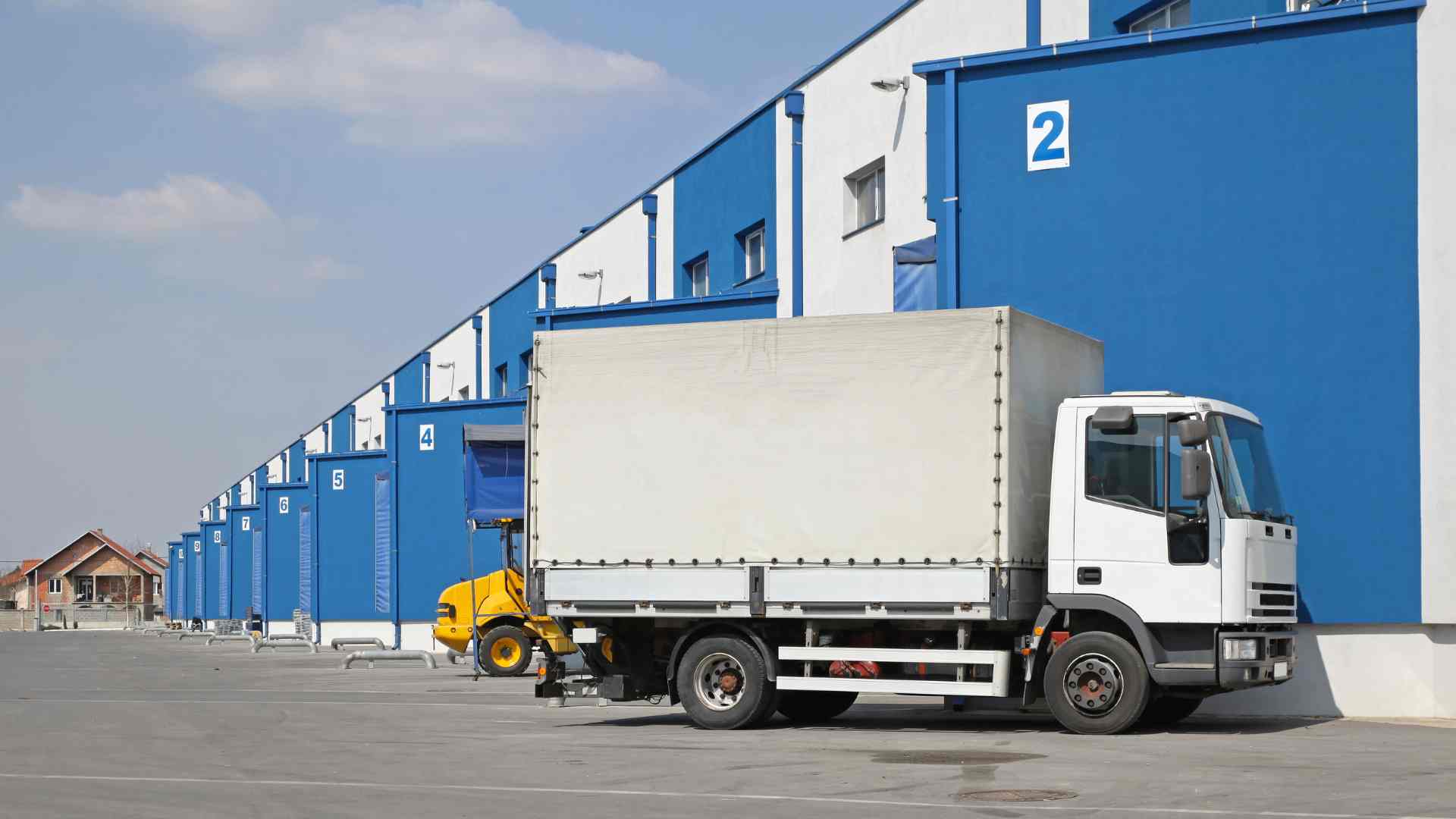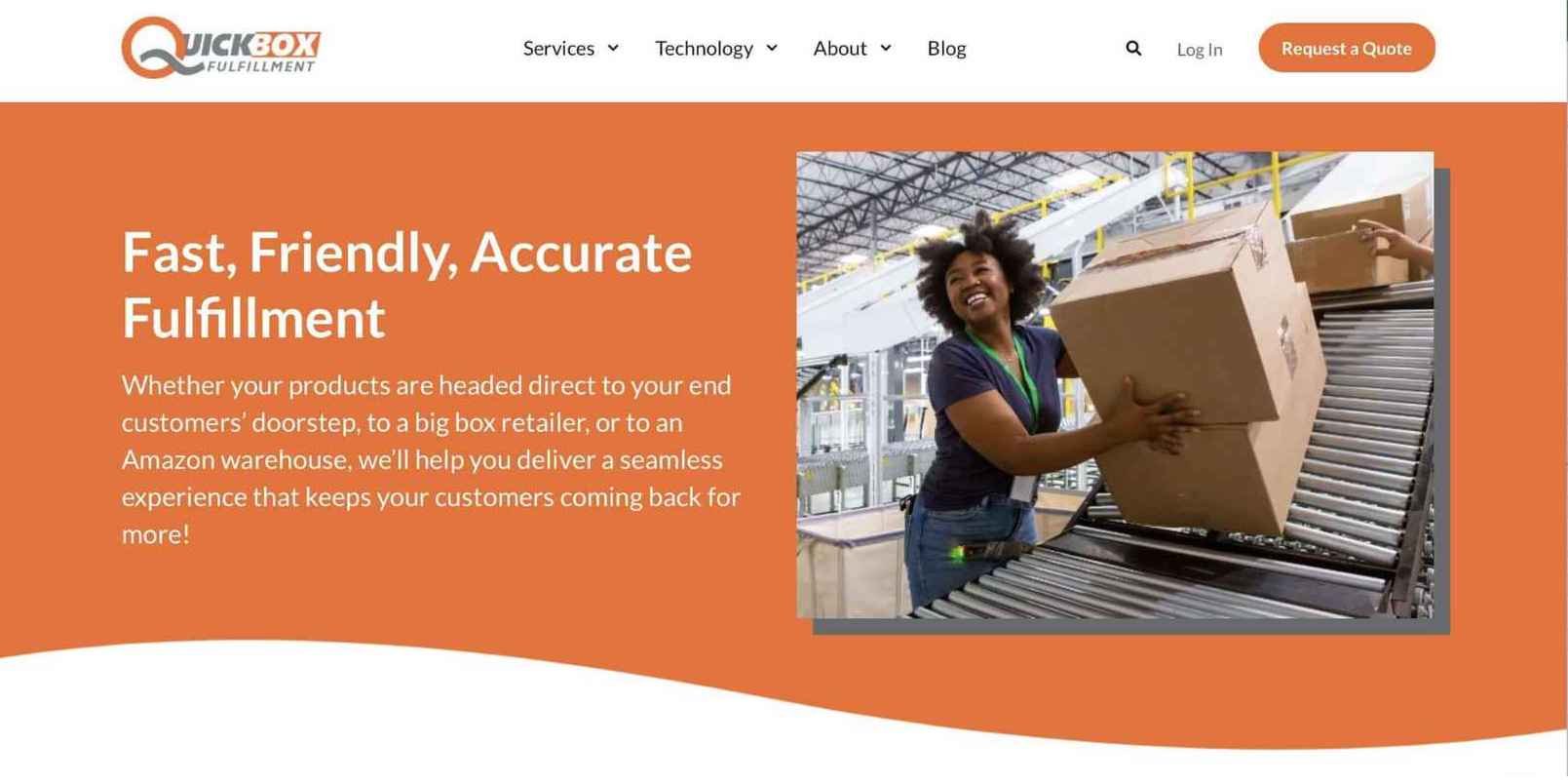As companies seek ways to optimize their supply chain and stay ahead of the curve, one increasingly popular strategy is cross-docking, a logistical process that helps reduce warehousing and transportation costs while improving customer satisfaction. This guide will explore the ins and outs of cross-docking services, as well as introduce you to some of the top cross-docking facilities from Extensiv's partner network, Fulfillment Marketplace, illustrating how their expertise and cutting-edge solutions can propel your supply chain to new heights.
Demystifying Cross-Docking Services
Cross-docking services have emerged as a powerful tool in modern supply chain management, enabling businesses to streamline their operations and reduce costs. At its core, cross-docking is a logistical strategy that involves unloading inbound goods from one transportation mode, such as trucks or railcars, and directly transferring them onto outbound trucks with minimal or no storage time in between. This process helps businesses bypass traditional warehousing and move products more efficiently from point A to point B.
The primary goal of cross-docking is to reduce warehousing and storage costs, minimize labor costs associated with material handling, and expedite the delivery process. By eliminating the need for long-term storage, cross-docking facilities enable businesses to reduce their warehousing space and minimize inventory management expenses. Furthermore, this strategy also helps companies shorten lead times, which can contribute to improved customer satisfaction and increased profitability.
Cross-docking services are highly adaptable and can be tailored to meet the unique needs of different industries and businesses. The process can be applied to various types of products and shipments, such as less-than-truckload (LTL) and full-truckload consignments, depending on the specific requirements of the supply chain. In the next sections, we'll delve deeper into the industries that benefit from cross-docking solutions, the different approaches to cross-docking, and the top facilities that offer these services.
Industries Leveraging Cross-Docking Solutions
Cross-docking services offer numerous benefits to a wide range of industries, helping them address specific challenges and improve their overall supply chain efficiency. Some of the key industries that stand to benefit from cross-docking solutions include:
- Retail: Retailers often have tight delivery windows and need to maintain minimal inventory levels to reduce storage costs. Cross-docking allows for quick turnover of merchandise, enabling retailers to meet customer demand while keeping their inventory lean.
- Ecommerce: With the rapid growth of ecommerce, businesses need to process and ship orders quickly to maintain customer satisfaction. Cross-docking services can help reduce order fulfillment times and optimize last-mile delivery, ensuring timely shipments to customers.
- Manufacturing: Manufacturers can benefit from cross-docking by reducing lead times for raw materials and components. This can help streamline production processes, reduce the need for on-site storage, and minimize the risk of stockouts.
- Food and Beverage: The perishable nature of food and beverage products demands efficient logistics solutions to prevent spoilage and maintain quality. Cross-docking enables the rapid movement of these products through the supply chain, reducing the need for long-term storage and preserving product freshness.
- Automotive: Cross-docking services can help automotive companies minimize storage costs and expedite the movement of parts and components. This can lead to more efficient production processes and improved delivery times for customers.
These are just a few examples of industries that can benefit from cross-docking solutions. In the following sections, we'll explore the various types of cross-docking and provide insights into how businesses can select the best cross-docking facilities for their needs.
Diverse Cross-Docking Approaches
While the core concept of cross docking remains consistent across industries, there are several different approaches to implementing this strategy. Understanding these various types can help businesses determine which method best suits their specific needs and supply chain requirements. Here are some common cross-docking approaches:
Retail Cross-Docking
In retail cross-docking, products from multiple suppliers are consolidated at a cross-dock warehouse and then distributed to different retail stores. This approach reduces storage time, allows for efficient distribution, and supports lean inventory management.
Manufacturing Cross-Docking
Manufacturing cross-docking involves the receipt of raw materials or components from suppliers and the direct transfer of these items to production lines. This method minimizes storage costs, shortens lead times, and streamlines the manufacturing process.
Distribution Cross-Docking
In distribution cross-docking, inbound shipments are consolidated and sorted by destination before being loaded onto outbound trucks. This approach enables efficient transportation and distribution of goods, reducing overall transportation costs.
Transportation Cross-Docking
Transportation cross-docking involves consolidating less-than-truckload (LTL) shipments from multiple carriers into full truckload consignments. This process helps businesses reduce transportation costs by maximizing the utilization of available truck capacity.
Pre-Distribution Cross-Docking
Pre-distribution cross-docking takes place before products reach their final distribution center. Inbound shipments are consolidated, sorted, and prepared for distribution at a cross-dock terminal, enabling faster delivery times and reduced handling costs.
Post-Distribution Cross-Docking
Post-distribution cross-docking occurs after products have been distributed to their final destinations. This method is often used to facilitate returns or redistribute surplus inventory, improving inventory management and reducing storage costs.
These are just a few examples of the various cross-docking approaches available to businesses. By understanding the unique requirements of their supply chain and selecting the appropriate method, companies can unlock the full potential of cross-docking services to optimize their operations. In the next section, we'll introduce some top cross-docking facilities in Extensiv's partner network, showcasing their expertise and capabilities.
Top 10 Cross-Docking Facilities in Extensiv's Network
To help businesses find the best cross-docking services for their needs, we've compiled a list of the top 10 cross-docking third-party logistics (3PL) warehouses in Extensiv's partner network. These facilities offer a wide range of services, from devanning and labeling to kitting and storage, catering to various industries and supply chain requirements.
QuickBox Fulfillment
- Locations: Colorado, Georgia, New Jersey
- Total Fulfillment Centers: 3
- Additional Services: Devanning, Labeling, Kitting, Seller Fulfilled Prime, EDI/UCC-128 Compliance, Storage, Cross-Dock, Re-works, Barcode Scanning
- Ecommerce Services: Pick and Pack, Amazon FBM (Fulfilled by Merchant)
Eurobase
- Location: Ireland
- Total Fulfillment Centers: 1
- Additional Services: Devanning, Labeling, Kitting, Storage, Cross-Dock, Re-works, Barcode Scanning
- Ecommerce Services: Pick and Pack
Mitco
- Locations: Washington, California
- Total Fulfillment Centers: 6
- Additional Services: Drayage, Devanning, Labeling, Kitting, EDI/UCC-128 Compliance, Storage, Cross-Dock, Garment Handling, Pickup and Delivery, Re-works, Barcode Scanning, LTL
- Ecommerce Services: Pick and Pack
Quality Distribution
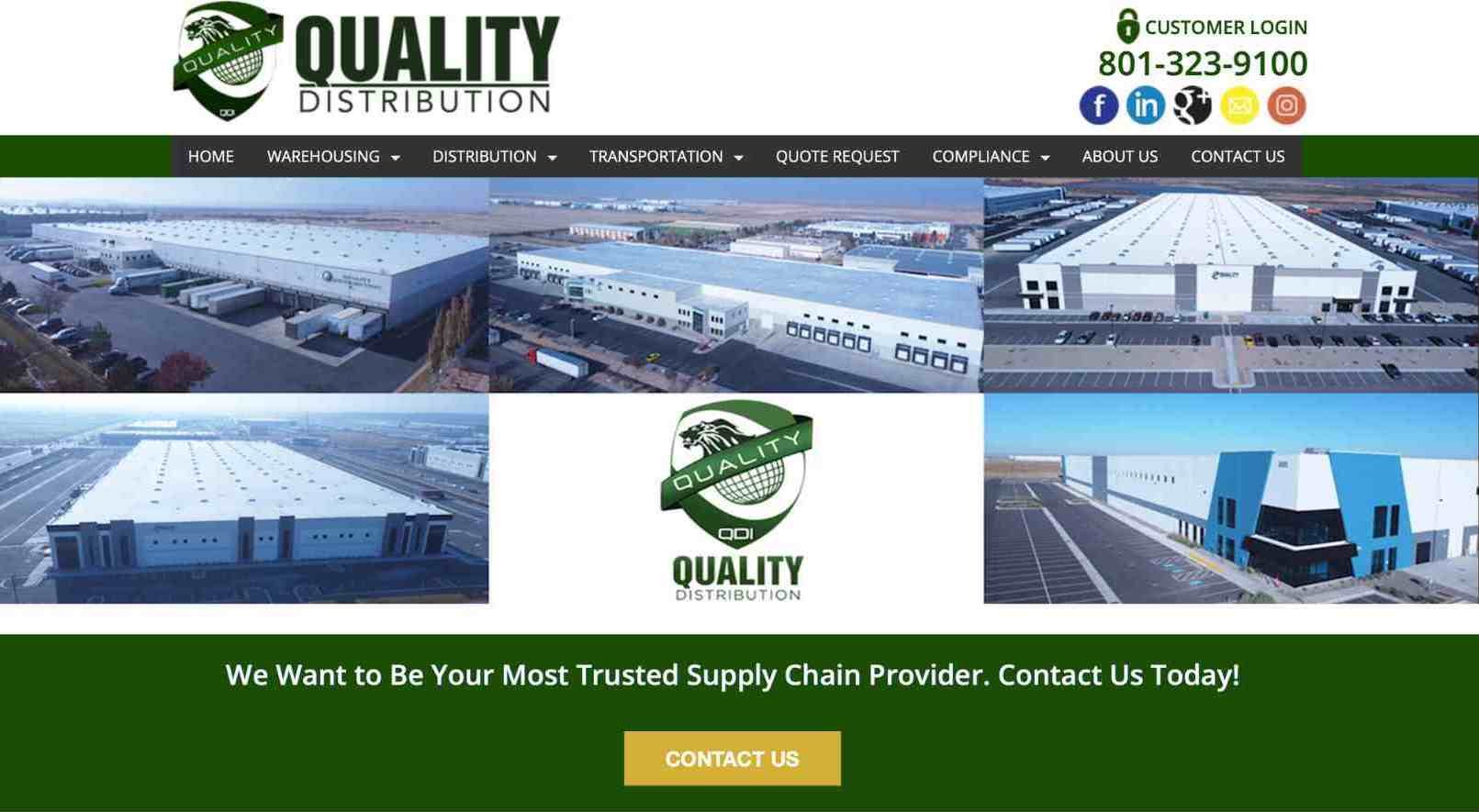
- Location: Utah
- Total Fulfillment Centers: 1
- Additional Services: Devanning, Labeling, Kitting, EDI/UCC-128 Compliance, Storage, Refrigerated, Cross-Dock, Re-works, Barcode Scanning, FDA (Food and Drug Administration) Certified
- Ecommerce Services: Pick and Pack
Square1 Distribution
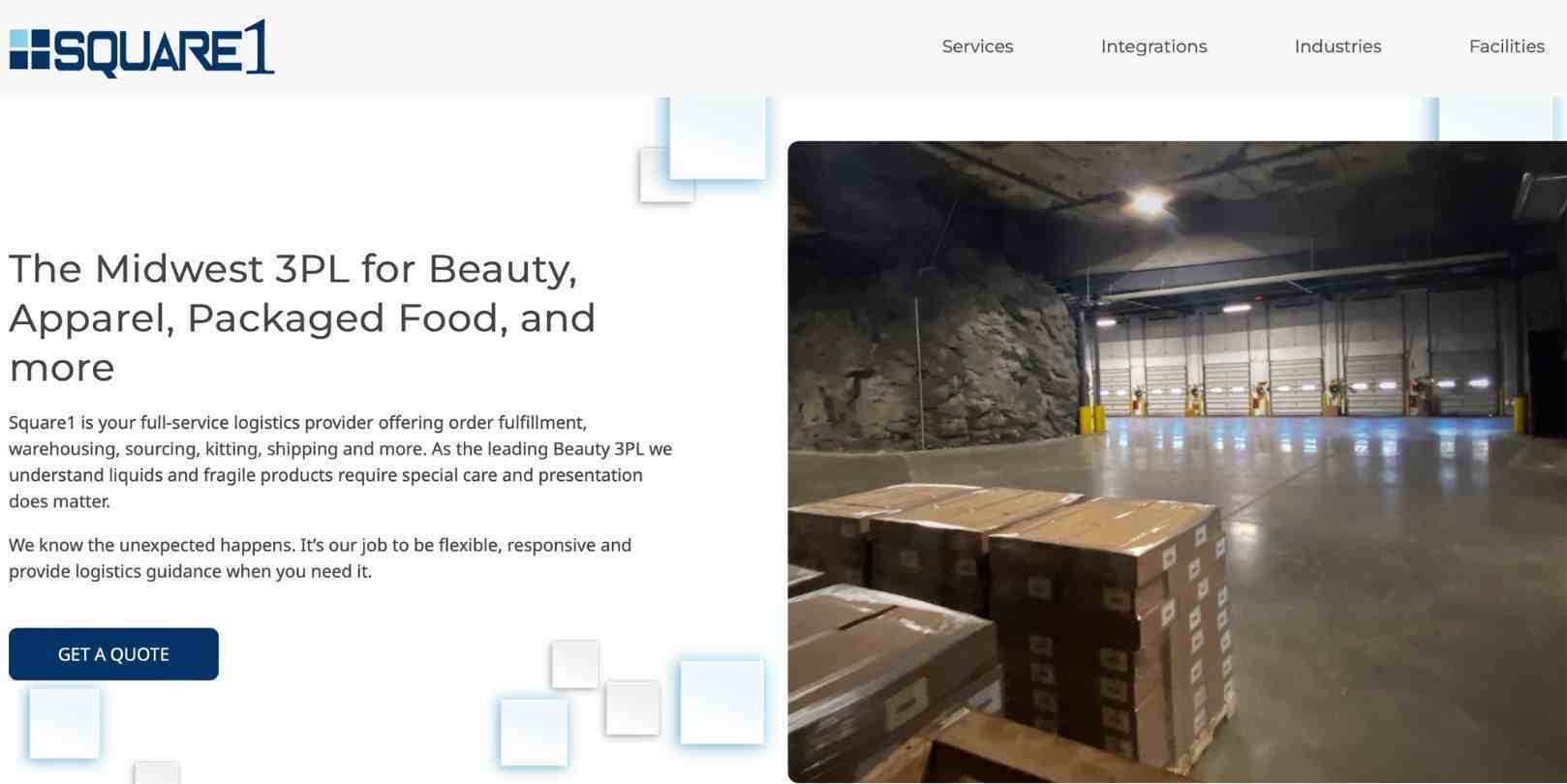
- Location: Missouri
- Total Fulfillment Centers: 1
- Additional Services: Devanning, Labeling, Kitting, Storage, Refrigerated, Frozen, Cross-Dock, HAZMAT, Re-works, Barcode Scanning, FDA Certified
- Ecommerce Services: Pick and Pack

The Northeast Group 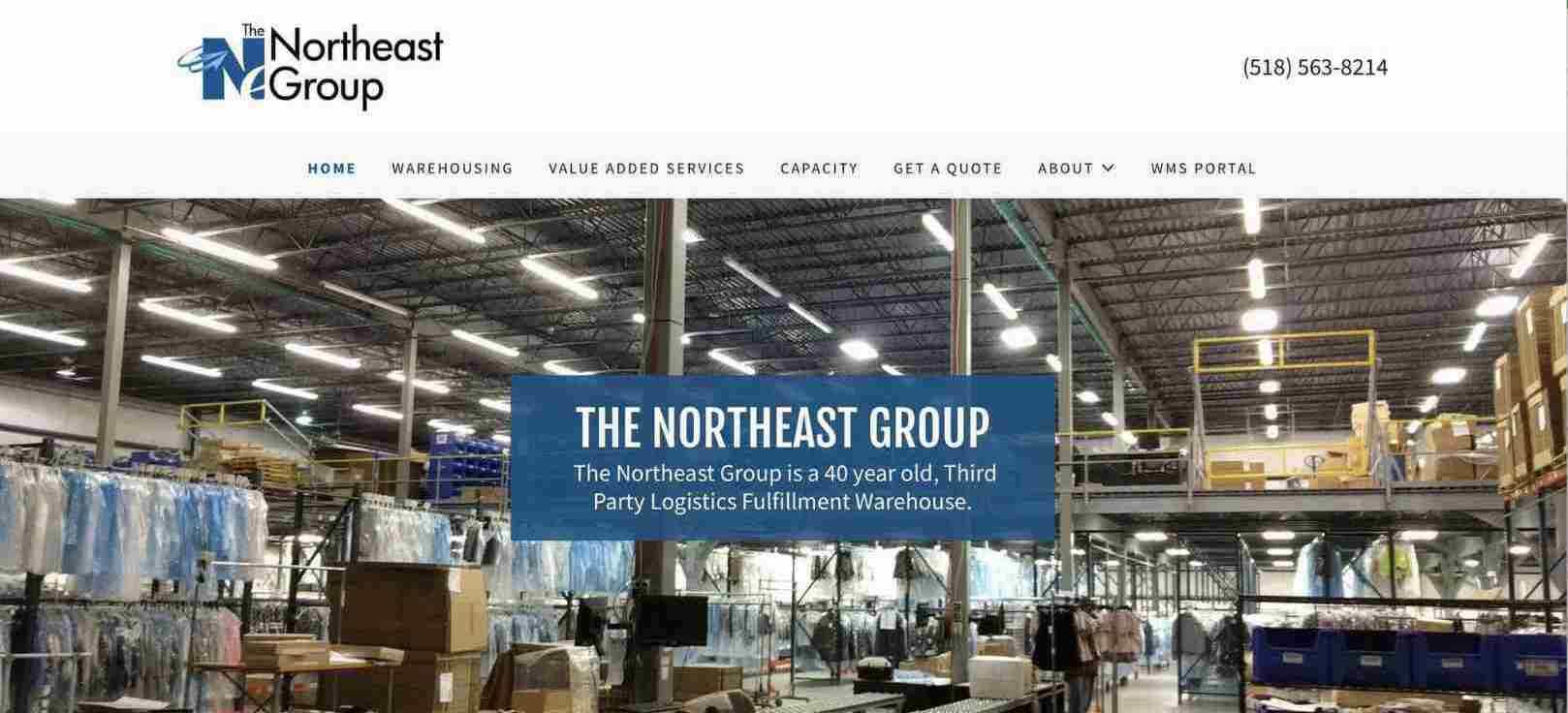
- Location: New York
- Total Fulfillment Centers: 3
- Additional Services: Devanning, Labeling, Kitting, Storage, Cross-Dock, Pickup and Delivery, Re-works, Barcode Scanning, CFS
- Ecommerce Services: Pick and Pack
Royal Distribution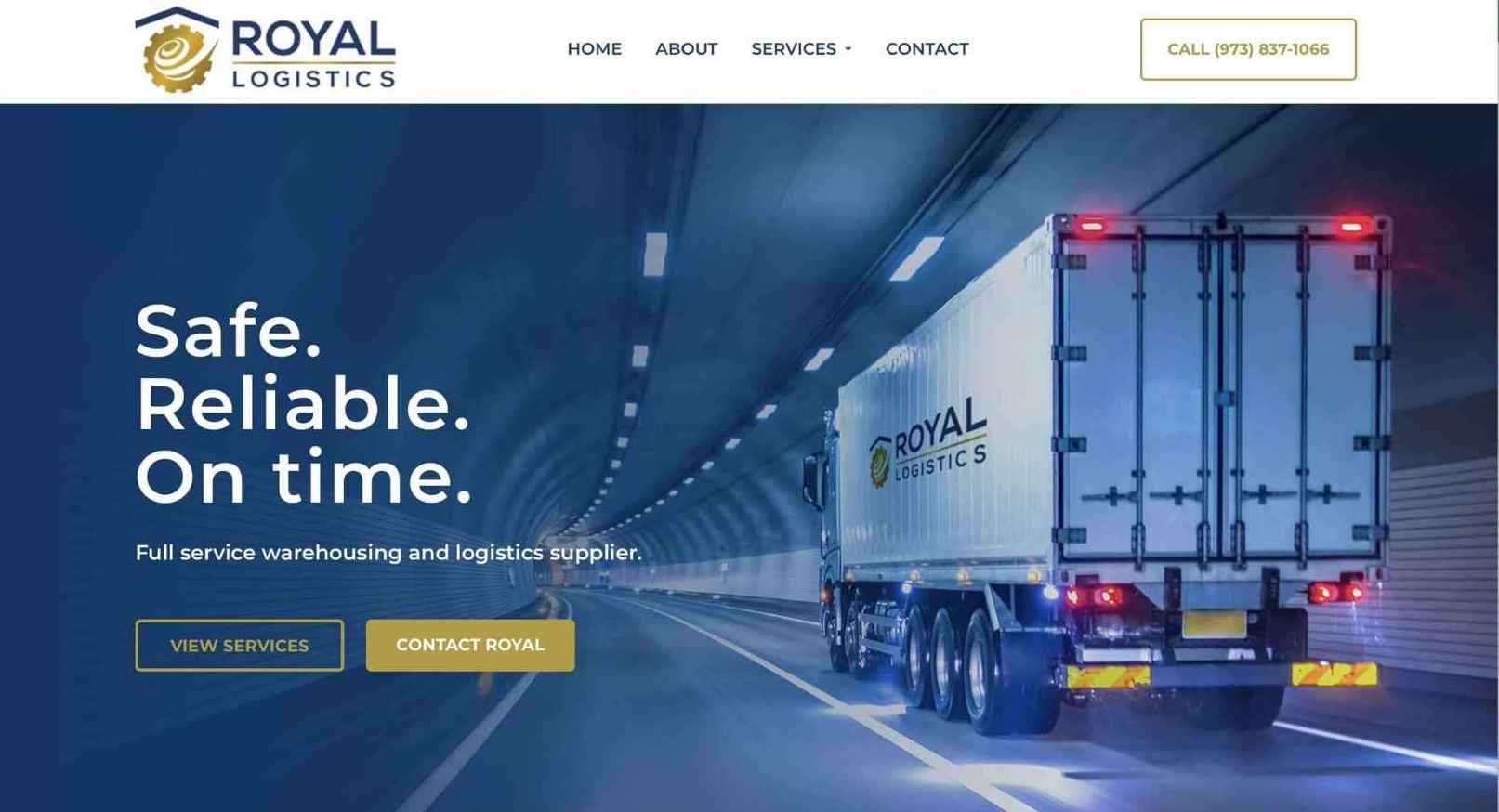
- Locations: California, New Jersey
- Total Fulfillment Centers: 2
- Additional Services: Drayage, Devanning, Labeling, Kitting, Storage, Cross-Dock, Re-works, Barcode Scanning
- Ecommerce Services: Pick and Pack
FSS Warehouse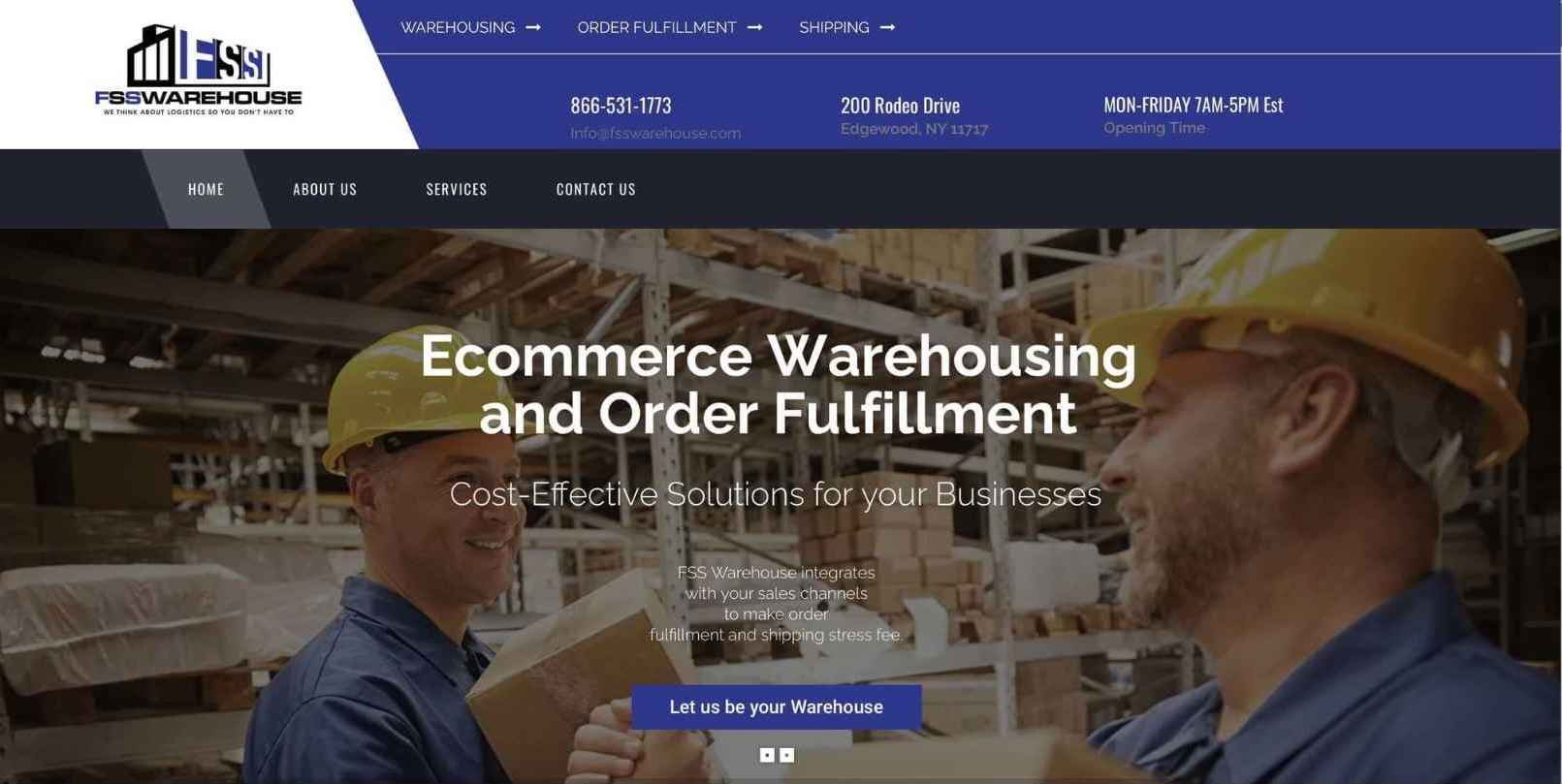
- Location: New York
- Total Fulfillment Centers: 1
- Additional Services: Devanning, Labeling, Kitting, Storage, Cross-Dock, Re-works, Barcode Scanning
- Ecommerce Services: Pick and Pack, Amazon FBA (Fulfillment by Amazon)
Sweetwater Logistics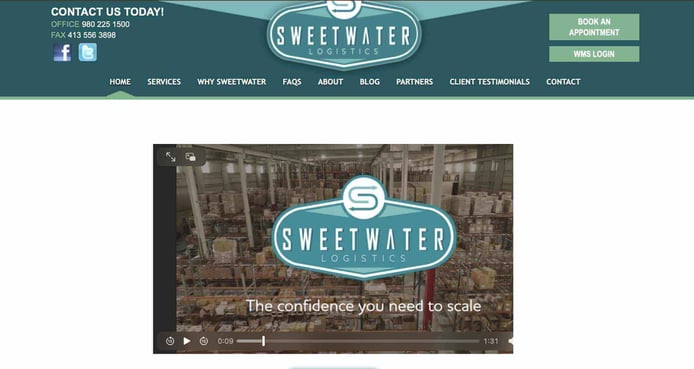
- Location: North Carolina
- Total Fulfillment Centers: 1
- Additional Services: Drayage, Devanning, Labeling, Kitting, Seller Fulfilled Prime, EDI/UCC-128 Compliance, Storage, Cross-Dock, Garment Handling, Re-works, Barcode Scanning
- Ecommerce Services: Pick and Pack, Amazon FBM, Amazon FBA
Carter Distribution
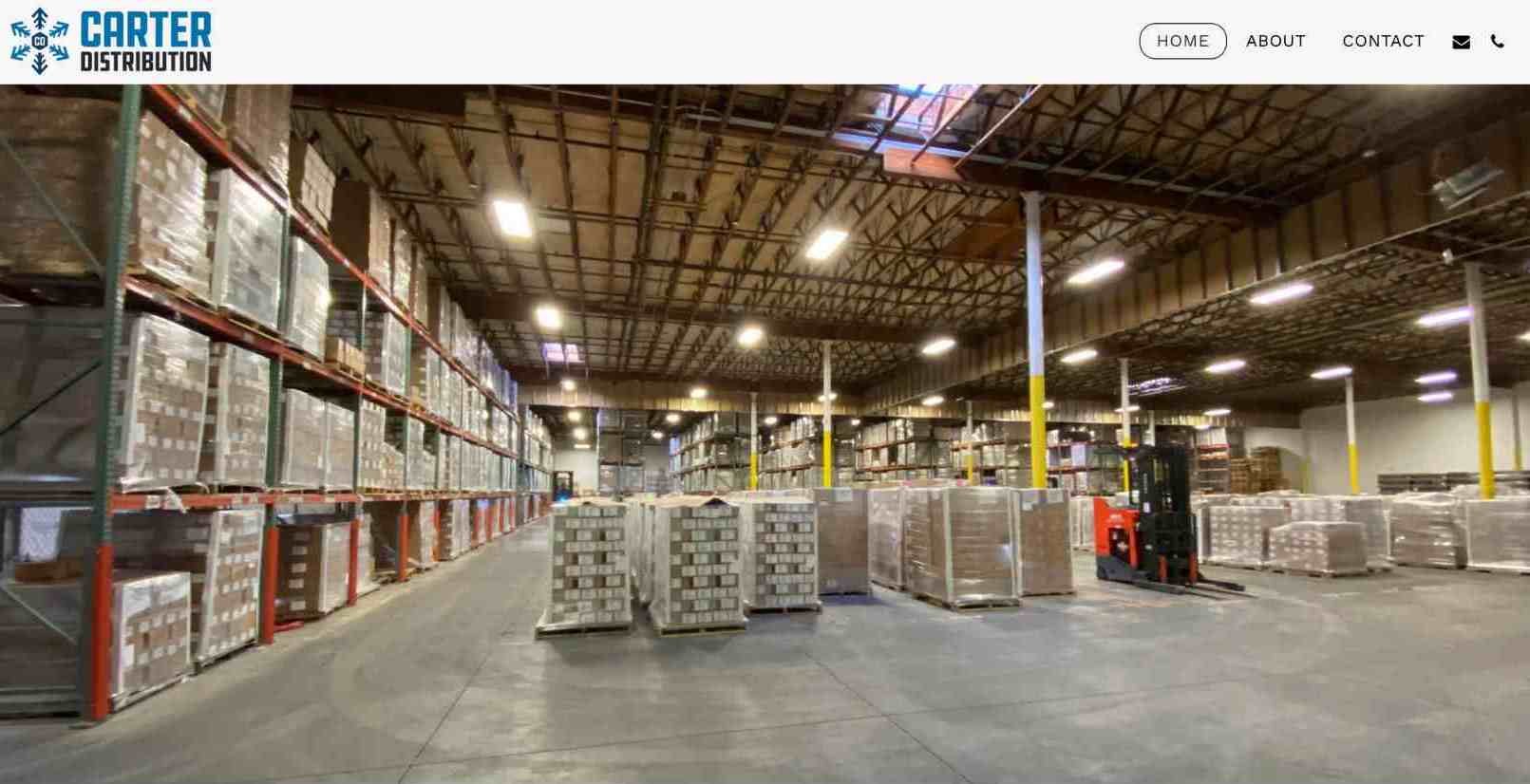
- Location: Utah
- Total Fulfillment Centers: 1
- Additional Services: Devanning, Labeling, Kitting, EDI/UCC-128 Compliance, Storage, Refrigerated, Cross-Dock, Pickup and Delivery, Re-works, Barcode Scanning, FDA Certified, LTL
- Ecommerce Services: Pick and Pack, Amazon FBM
Each of these cross-docking facilities offers a unique combination of services tailored to various industries and business requirements. By partnering with one or several of these top-notch providers, businesses can leverage the benefits of cross-docking services to optimize their supply chain and enhance overall efficiency. You can find a more complete list with over 20 3PLs in the Fulfillment Marketplace, a completely free tool for finding the right 3PL for your business.
In the next section, we'll discuss the advantages and disadvantages of cross-docking and provide guidance on selecting the right cross-docking warehouse for your needs.
Weighing the Pros and Cons of Cross-Docking Services
To make an informed decision about whether to incorporate cross-docking services into your supply chain, it's essential to weigh the advantages and disadvantages. Here, we'll explore some of the key pros and cons to help you make the right choice for your business.
Pros
- Reduced Storage Costs: By minimizing the need for long-term storage, cross-docking can significantly reduce warehousing costs, freeing up resources for other essential aspects of your business.
- Faster Delivery Times: Cross-docking can expedite the movement of goods through the supply chain, resulting in shorter delivery times and improved customer satisfaction.
- Lower Labor and Material Handling Costs: The streamlined nature of cross-docking reduces labor costs associated with material handling and warehouse storage, as goods spend less time in storage facilities.
- Enhanced Inventory Management: Cross-docking helps maintain lean inventory levels, which can lead to more efficient inventory management and reduced stockouts.
- Improved Supply Chain Efficiency: By streamlining transportation and distribution processes, cross-docking can enhance overall supply chain efficiency.
Cons
- Requires Tight Coordination: Cross-docking relies on precise coordination between inbound and outbound transportation, which may be challenging for some businesses to manage effectively.
- Limited Storage Time: Cross-docking may not be suitable for products that require longer storage times, such as items with specific storage requirements or seasonal merchandise.
- Potential for Increased Transportation Costs: In some cases, cross-docking can lead to increased transportation costs due to the need for more frequent shipments and smaller, less efficient loads.
- Implementation: Implementing cross-docking solutions may require planning, investment in technology, and staff training.
Despite these small challenges, many businesses find that the advantages of cross-docking services outweigh the potential downsides. To fully capitalize on the benefits of cross-docking, it's essential to work with an experienced and reliable cross-docking facility that can address your unique supply chain requirements. In the next section, we'll discuss some key considerations to help you select the best cross-docking warehouse for your needs.
Key Factors to Consider When Choosing a Cross-Docking Warehouse
Selecting the right cross-docking warehouse is crucial for reaping the full benefits of cross-docking services, including cost savings and efficient logistics services. To help you make the best choice, consider the following factors:
- Location: The cross-docking facility's location should be strategically placed within your supply chain, ensuring easy access to major transportation routes and minimizing transit times for both distributors and customers.
- Capacity and Capabilities: Evaluate the warehouse's ability to handle your specific product types and volume, as well as any specialized warehouse services, such as temperature-controlled storage, hazardous materials handling, or garment handling.
- Technology and Infrastructure: A well-equipped cross-docking facility should have advanced technology systems, such as warehouse management system (WMS) software, real-time tracking, and barcode scanning, to streamline operations and provide full visibility throughout the deconsolidation process.
- Flexibility: The cross-docking warehouse should be able to adapt to fluctuations in volume and accommodate any unique requirements your business may have, such as seasonal demand or special projects.
- Storage Space and Warehouse Space: Assess the facility's available storage space and overall warehouse space to ensure it can adequately support your business's short-term and long-term storage needs.
- Pricing: Assess the facility's pricing structure to ensure it aligns with your budget and provides a good value for the services offered, ultimately leading to cost savings.
- Reputation and Experience: Check the cross-docking warehouse's track record and customer testimonials to verify their expertise, reliability, and commitment to quality service in providing logistics services.
- Short-term Storage Options: If your business requires short-term storage solutions, ensure that the cross-docking facility offers suitable options that can accommodate your specific needs.
By carefully considering these factors and thoroughly vetting potential cross-docking partners, you can find a warehouse that meets your specific needs and helps optimize your supply chain.
How Extensiv Can Support Your Cross-Docking and Fulfillment Needs
Extensiv's warehouse management software solutions empower businesses to efficiently manage cross-docking operations and other fulfillment challenges. By partnering with a vast network of experienced cross-docking facilities, Extensiv offers comprehensive logistics solutions tailored to meet the unique requirements of 3PLs and merchants.
From streamlining inventory management and reducing warehousing costs to enhancing customer satisfaction with faster delivery times, Extensiv's Fulfillment Marketplace provides the tools and resources needed to unlock the full potential of cross-docking services. Reach out to Extensiv today to learn more about how we can support your supply chain and help you achieve lasting success.
-
You’ll read about:
Be the first to know
Subscribe to our newsletter
